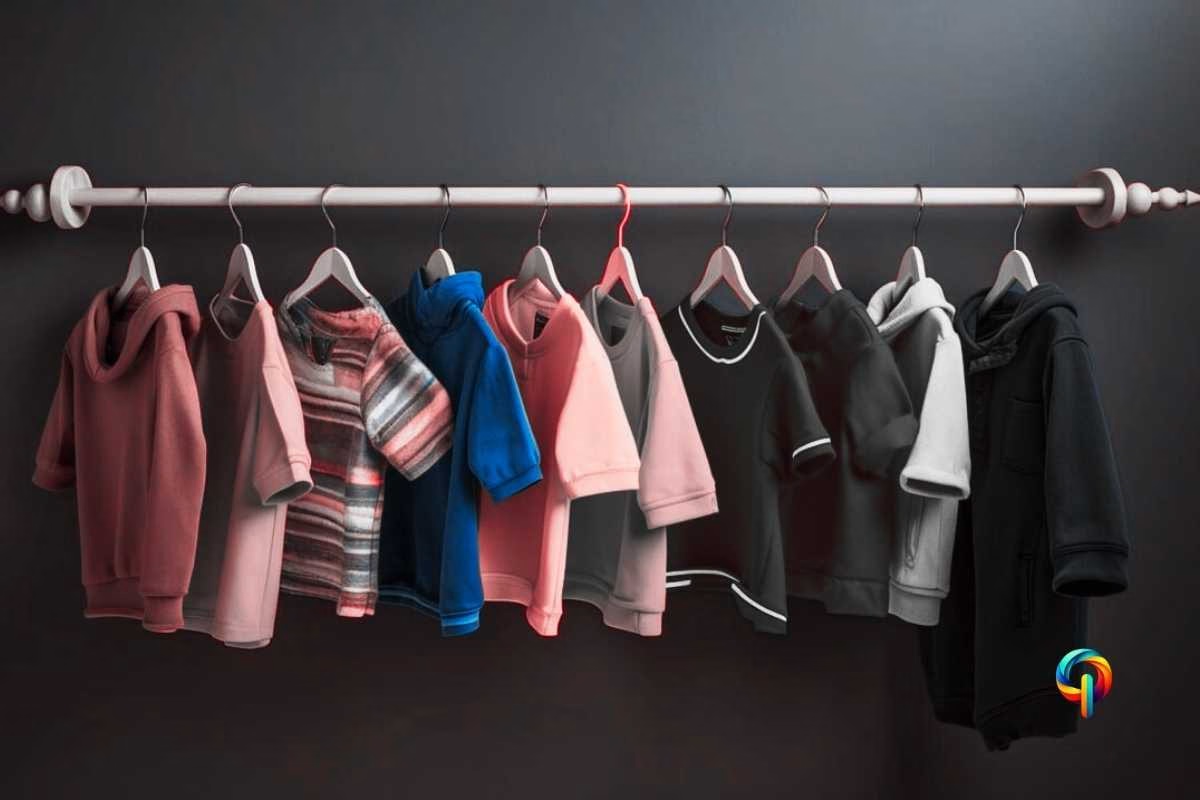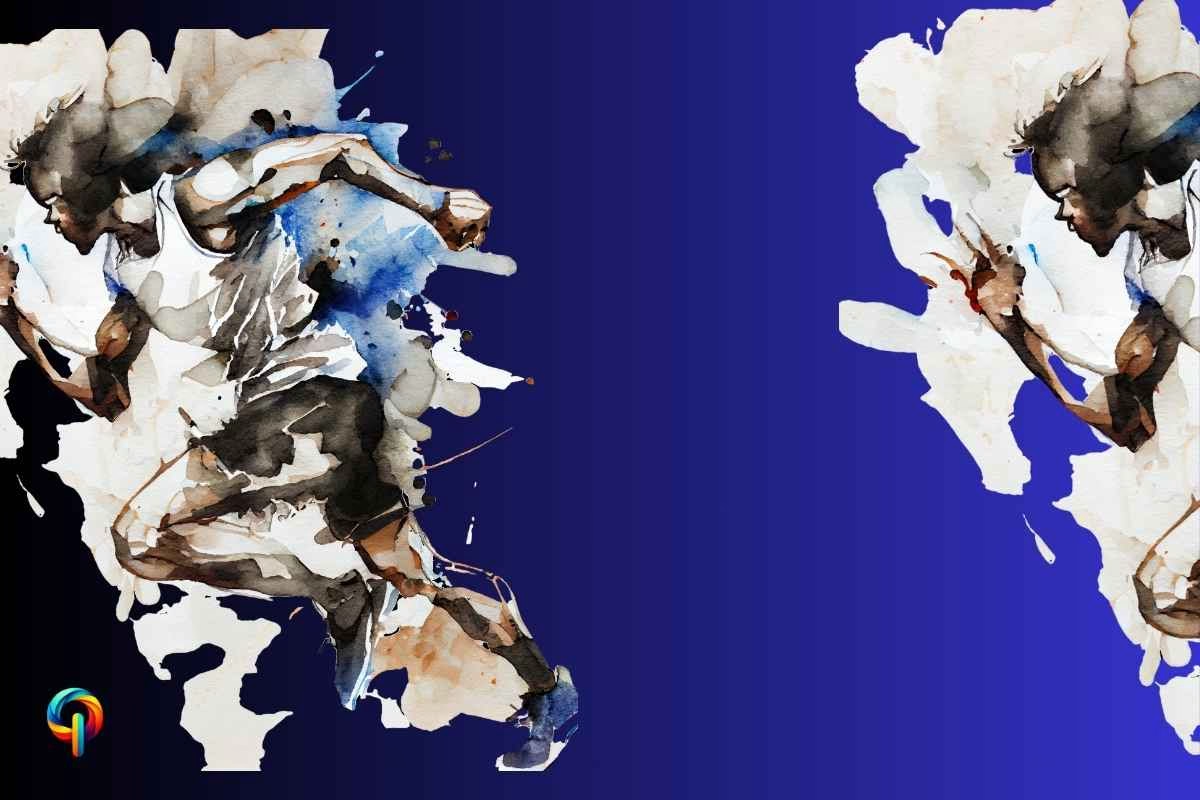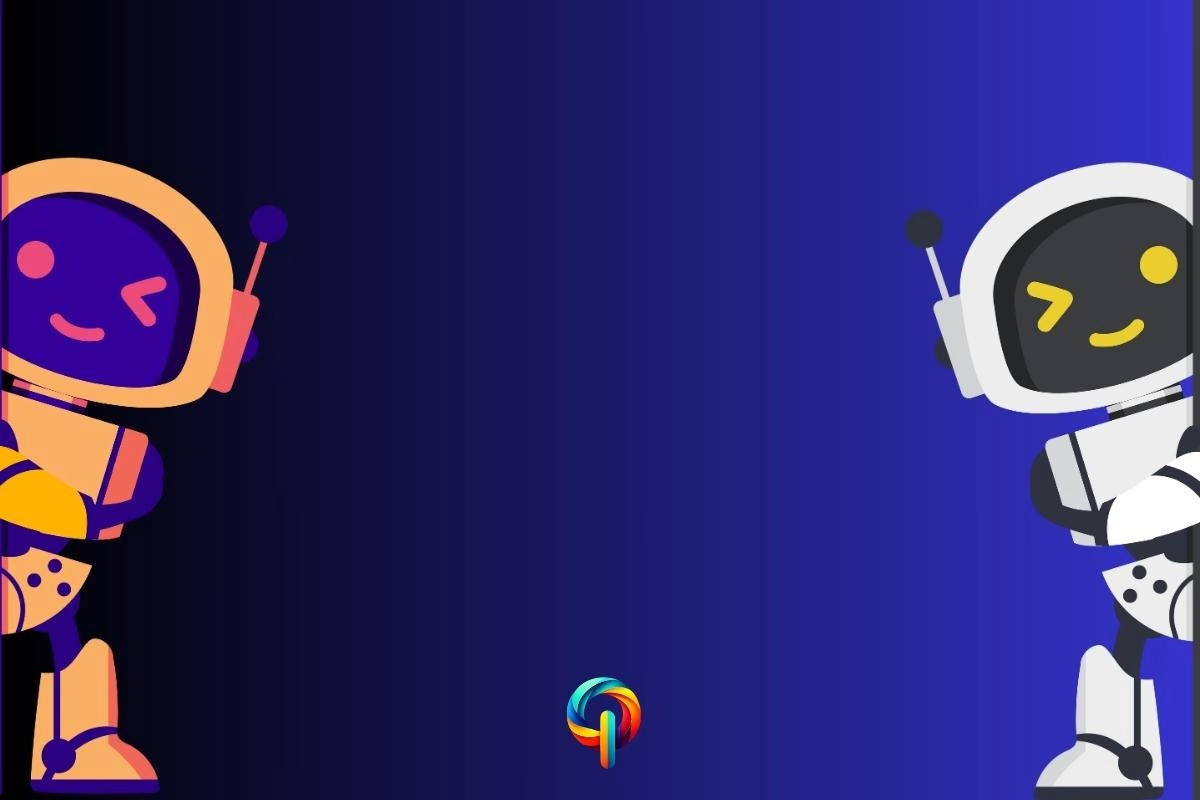
The creator economy is booming, driven by the rise of social media, advancements in monetization tools, and the demand for authentic content. It offers creators financial independence, creative freedom, and global opportunities, while also presenting challenges like competition and burnout. The future of the creator economy is bright, with emerging trends like Web3, virtual influencers, and the metaverse set to redefine how content is created and consumed. As the creator economy continues to grow, it will play an increasingly important role in shaping the digital landscape.
Table of Contents
What Challenges Could Impact the Future of the Creator Economy?
The creator economy is revolutionizing the way individuals create, share, and monetize content, transforming it into one of the most dynamic and fastest-growing sectors of the digital age. At its core, the creator economy represents a seismic shift in how people work, connect, and earn a living, empowering millions of independent creators—from artists and writers to influencers and educators—to turn their passions into sustainable careers.
This booming ecosystem is fueled by the rise of social media platforms, groundbreaking advancements in monetization tools, and a growing appetite for authentic, relatable content. Platforms like YouTube, Instagram, TikTok, and Twitch have democratized content creation, enabling anyone with a smartphone and a creative idea to reach global audiences. Meanwhile, innovations such as NFTs, blockchain technology, and subscription-based models like Patreon and Substack are redefining how creators generate income, offering them unprecedented financial independence and creative freedom.
But what exactly is driving this explosive growth? Why are more people than ever before choosing to join the creator economy? And what does the future hold for this transformative movement?
In this article, we’ll explore the key drivers behind the creator economy’s rise, its benefits and challenges, and the emerging trends that are shaping its future. Whether you’re a creator, a consumer, or simply curious about this digital revolution, join us as we uncover why the creator economy is not just booming—it’s here to stay.
What Is the Creator Economy?
The creator economy is a transformative ecosystem where independent content creators, influencers, and artists leverage digital platforms to monetize their skills, creativity, and expertise. Unlike traditional employment models, the creator economy empowers individuals to build their own audiences, create unique content, and generate income on their own terms. This shift has been fueled by the rise of social media, advancements in technology, and the growing demand for authentic, relatable content.
The Rise of Independent Creators
The creator economy has given rise to a new wave of independent creators who are redefining what it means to work and earn a living. These creators include YouTubers, podcasters, bloggers, streamers, and social media influencers who produce content across various niches—from gaming and beauty to education and finance. By leveraging platforms like YouTube, Instagram, TikTok, and Twitch, they can reach global audiences without the need for traditional gatekeepers like studios or publishers. This independence allows creators to explore their passions, experiment with new formats, and build direct relationships with their audiences.
Monetization in the Creator Economy
Monetization is the backbone of the creator economy, enabling creators to transform their content into sustainable income streams. With the rise of digital platforms and innovative tools, creators now have multiple ways to earn money.
Here’s a breakdown of the most popular monetization methods:
1. Ad Revenue
Platforms like YouTube, TikTok, and Instagram allow creators to earn money through ads displayed on their content. For example, YouTube’s Partner Program enables creators to earn a share of the revenue generated from ads played before or during their videos. This model rewards creators based on the number of views and engagement their content receives.
2. Sponsorships and Brand Deals
Collaborating with brands is one of the most lucrative ways for creators to monetize their influence. Companies pay creators to promote their products or services through sponsored posts, videos, or reviews. Platforms like Instagram and TikTok are particularly popular for brand partnerships, as they offer high visibility and engagement.
3. Subscriptions and Memberships
Creators can offer exclusive content, perks, or community access to their most dedicated fans through subscription-based platforms like Patreon, Substack, and Twitch. For instance, a podcaster might provide bonus episodes to paying subscribers, while a YouTuber might offer behind-the-scenes content or live Q&A sessions.
4. Merchandise and Digital Products
Many creators expand their income by selling branded merchandise, such as T-shirts, mugs, or posters, directly to their audience. Additionally, digital products like eBooks, online courses, and templates are popular among creators who want to share their expertise while generating passive income.
5. NFTs and Blockchain
Emerging technologies like blockchain and NFTs (non-fungible tokens) are opening up new monetization opportunities. Creators can tokenize their work—such as art, music, or videos—and sell it as unique digital assets. This not only provides a new revenue stream but also allows creators to retain ownership and control over their content.
6. Crowdfunding and Donations
Platforms like Ko-fi, Buy Me a Coffee, and Patreon enable creators to receive direct support from their audience through one-time donations or recurring contributions. This model is especially popular among creators who produce free content and rely on their community’s generosity.
Why Monetization Matters
These diverse monetization options have made the creator economy a viable and attractive career path for millions of individuals. By combining multiple income streams, creators can build sustainable careers while maintaining creative freedom and independence. As technology continues to evolve, new monetization methods will likely emerge, further expanding opportunities for creators worldwide.
Key Drivers of the Creator Economy Boom
The creator economy is booming, and its rapid growth can be attributed to several key factors. These drivers have not only made content creation more accessible but also transformed it into a lucrative career path for millions. Let’s dive into the two most significant forces behind this expansion.
Rise of Social Media Platforms
Social media platforms have become the foundation of the creator economy, providing creators with the tools and reach needed to build successful careers. Here’s how they’ve contributed to this boom:
- Accessibility: Platforms like TikTok, Instagram, and YouTube have made it easy for anyone to create and share content, regardless of their background or resources.
- Monetization Features: Social media platforms now offer built-in monetization options, such as YouTube’s ad revenue sharing, Instagram’s badges, and TikTok’s Creator Fund.
- Community Building: Features like live streaming, stories, and direct messaging allow creators to engage with their audiences in real-time, fostering loyalty and trust.
- Algorithmic Discovery: Social media algorithms help creators reach new audiences by promoting trending or high-engagement content, enabling rapid growth.
These platforms have essentially leveled the playing field, allowing creators to compete with traditional media and build their own empires.
Advancements in Monetization Tools
The creator economy has been supercharged by the development of innovative tools that allow creators to monetize their work in diverse and sustainable ways. Here’s a closer look at these advancements:
- Subscription-Based Models: Platforms like Patreon and Substack enable creators to offer premium content to subscribers, creating a reliable income stream. For example, a writer might use Substack to publish exclusive newsletters, while a podcaster might offer bonus episodes on Patreon.
- NFTs and Blockchain: Non-fungible tokens (NFTs) have opened up new revenue streams for creators, allowing them to sell unique digital assets like art, music, or videos. Blockchain technology also ensures transparency and ownership, giving creators more control over their work.
- E-Commerce Integration: Tools like Shopify and Gumroad allow creators to sell physical and digital products directly to their audiences, from merchandise to online courses.
- Crowdfunding Platforms: Services like Ko-fi and Buy Me a Coffee let fans support their favorite creators through one-time donations or recurring contributions, fostering a sense of community and mutual support.
- Brand Collaboration Marketplaces: Platforms like AspireIQ and Fohr connect creators with brands for sponsored content opportunities, making it easier for creators to secure partnerships and earn income.
These tools have revolutionized how creators earn money, providing them with multiple income streams and reducing their reliance on traditional advertising models.
The Synergy Between Social Media and Monetization Tools
The combination of social media platforms and advanced monetization tools has created a powerful ecosystem for creators. Social media provides the reach and engagement, while monetization tools offer the means to turn that engagement into sustainable income. Together, they have democratized content creation, enabling individuals to build careers on their own terms.
As these drivers continue to evolve, the creator economy is set to grow even further, reshaping the future of work and creativity.
Benefits of the Creator Economy
The creator economy has revolutionized the way individuals work, create, and connect, offering a range of benefits that extend far beyond financial gain. From empowering creators to achieve financial independence to fostering unparalleled creative freedom, the creator economy is reshaping the future of work and creativity. Let’s explore these benefits in detail.
Financial Independence for Creators
One of the most significant advantages of the creator economy is the ability for individuals to achieve financial independence on their own terms. Unlike traditional 9-to-5 jobs, the creator economy allows creators to diversify their income streams and build sustainable careers. Here’s how:
- Multiple Revenue Streams: Creators can earn income through various channels, such as ad revenue, sponsorships, merchandise sales, subscriptions, and digital products. For example, a YouTuber might earn money from ads, brand deals, and Patreon subscriptions simultaneously.
- Flexibility and Control: Creators have full control over their work schedules, projects, and income potential. This flexibility allows them to balance work with personal life and pursue projects they are passionate about.
- Global Opportunities: Digital platforms enable creators to reach audiences worldwide, opening up opportunities for international collaborations and income generation.
- Low Barrier to Entry: With minimal upfront costs, creators can start earning income quickly, making it an attractive option for individuals from diverse backgrounds.
This financial independence not only empowers creators to take control of their careers but also inspires others to explore their creative potential.
Empowerment Through Creative Freedom
The creator economy thrives on creative freedom, allowing individuals to express themselves authentically and explore niche topics that resonate with their passions. This freedom is a cornerstone of the creator economy, offering several key benefits:
- Authentic Expression: Creators can share their unique perspectives, stories, and talents without the constraints of traditional media or corporate guidelines. This authenticity fosters deeper connections with audiences.
- Niche Content Creation: The creator economy encourages the production of niche content, catering to specific interests and communities. For example, a creator might focus on sustainable living, retro gaming, or indie music, building a dedicated following.
- Experimentation and Innovation: Creators have the freedom to experiment with new formats, styles, and technologies, driving innovation in content creation. From short-form videos on TikTok to immersive experiences in the metaverse, the possibilities are endless.
- Audience Engagement: By creating content that aligns with their passions, creators can engage their audiences on a deeper level, fostering loyalty and long-term support.
This creative freedom not only enriches the lives of creators but also contributes to a more diverse and vibrant digital landscape.
Why These Benefits Matter?
The creator economy offers a unique blend of financial independence and creative freedom, empowering individuals to build fulfilling careers while staying true to their passions. These benefits are not just transforming the lives of creators but also reshaping the global economy, inspiring a new generation of entrepreneurs and innovators. As the creator economy continues to grow, its impact will only become more profound.
Challenges in the Creator Economy
While the creator economy offers incredible opportunities, it also comes with its fair share of challenges. From intense competition to mental health struggles, creators face numerous obstacles that can hinder their success and well-being. Let’s delve into these challenges and explore how they impact creators.
High Competition and Saturation
One of the most significant challenges in the creator economy is the high level of competition and market saturation. With millions of creators vying for attention across platforms like YouTube, Instagram, and TikTok, standing out in a crowded space has become increasingly difficult.
- Content Oversaturation: The sheer volume of content being produced daily makes it harder for creators to gain visibility. For example, over 500 hours of video are uploaded to YouTube every minute, making discoverability a major hurdle.
- Niche Markets: While niche content can help creators build dedicated audiences, it also limits their reach. Creators must strike a balance between catering to a specific audience and appealing to broader demographics.
- Algorithm Dependency: Social media algorithms play a significant role in determining which content gets seen. Changes in algorithms can drastically impact a creator’s reach and income, creating uncertainty and instability.
- Audience Retention: With so many options available, retaining audience attention is a constant challenge. Creators must continuously innovate and engage their followers to stay relevant.
These challenges highlight the need for creators to adopt strategic approaches to content creation, marketing, and audience engagement.
Burnout and Mental Health Concerns
Another pressing challenge in the creator economy is the risk of burnout and mental health issues. The pressure to consistently produce high-quality content, meet audience expectations, and stay ahead of the competition can take a toll on creators’ well-being.
- Content Pressure: Creators often feel the need to post frequently to maintain visibility and engagement. This relentless pace can lead to stress, exhaustion, and creative burnout.
- Work-Life Balance: Many creators struggle to separate their personal lives from their work, as content creation often involves sharing personal experiences and maintaining an online presence around the clock.
- Financial Instability: Income in the creator economy can be unpredictable, with fluctuations in ad revenue, sponsorships, and audience support. This financial uncertainty can contribute to anxiety and stress.
- Lack of Support Systems: Unlike traditional jobs, creators often lack access to benefits like healthcare, paid leave, or mental health resources, leaving them vulnerable to burnout.
These challenges underscore the importance of prioritizing mental health and creating sustainable work practices within the creator economy.
Why Addressing These Challenges Matters
The challenges of high competition and burnout are not just individual struggles—they are systemic issues that impact the sustainability and growth of the creator economy as a whole. By addressing these challenges, platforms, brands, and creators can work together to create a healthier, more supportive ecosystem.
- For Platforms: Implementing fairer algorithms, providing mental health resources, and offering financial stability programs can help creators thrive.
- For Brands: Building long-term partnerships with creators and offering consistent support can reduce financial instability.
- For Creators: Setting boundaries, diversifying income streams, and seeking community support can help mitigate burnout and improve well-being.
As the creator economy continues to evolve, addressing these challenges will be crucial to ensuring its long-term success and sustainability.
The Future of the Creator Economy
The creator economy is evolving at a rapid pace, driven by technological advancements and shifting consumer behaviors. As we look to the future, two key trends—Web3 and blockchain integration and the rise of virtual influencers and AI creators—are set to redefine how content is created, shared, and monetized. Let’s explore these trends and their potential impact on the creator economy.
Integration of Web3 and Blockchain
Web3 and blockchain technology are revolutionizing the creator economy, offering creators new ways to monetize their work and maintain control over their content. Here’s how:
- NFTs and Digital Ownership: Non-fungible tokens (NFTs) allow creators to tokenize their work—whether it’s art, music, videos, or even tweets—and sell it as unique digital assets. This not only provides a new revenue stream but also ensures creators retain ownership and earn royalties from secondary sales.
- Decentralized Platforms: Blockchain-based platforms like Mirror and Audius enable creators to publish and monetize their work without relying on traditional intermediaries. These platforms use smart contracts to automate payments and ensure transparency.
- Community Ownership: Web3 introduces the concept of community ownership, where fans can invest in creators’ projects through tokens or NFTs. This creates a deeper connection between creators and their audiences while providing creators with upfront funding.
- Enhanced Security: Blockchain technology ensures that creators’ work is protected from piracy and unauthorized use, giving them greater control over their intellectual property.
These innovations are empowering creators to take control of their careers and explore new possibilities for monetization and engagement.
Rise of Virtual Influencers and AI Creators
The creator economy is entering a new era with the emergence of virtual influencers and AI-driven content creation. These trends are expanding the boundaries of creativity and opening up exciting opportunities for creators and brands alike.
- Virtual Influencers: Digital avatars like Lil Miquela and Shudu are gaining popularity on social media, collaborating with brands and engaging with audiences just like human influencers. These virtual influencers are created using advanced CGI and AI, allowing for limitless customization and storytelling possibilities.
- AI-Generated Content: AI tools like DALL·E, ChatGPT, and Synthesia are enabling creators to produce content faster and more efficiently. For example, AI can generate artwork, write scripts, or even create videos with virtual presenters, reducing production time and costs.
- Metaverse Integration: As the metaverse gains traction, virtual influencers and AI creators are becoming key players in this digital realm. They can host virtual events, interact with users in real-time, and even sell digital assets within metaverse platforms.
- Ethical Considerations: While these technologies offer exciting possibilities, they also raise questions about authenticity, transparency, and the future of human creativity. Creators and platforms will need to address these concerns as virtual influencers and AI content become more mainstream.
These trends are not just reshaping the creator economy—they’re redefining what it means to be a creator in the digital age.
Why These Trends Matter
The integration of Web3 and blockchain and the rise of virtual influencers and AI creators are more than just technological advancements—they represent a fundamental shift in how content is created, shared, and monetized. These trends offer creators unprecedented opportunities for innovation, ownership, and engagement, while also challenging traditional norms and raising important ethical questions.
As the creator economy continues to evolve, staying ahead of these trends will be crucial for creators, brands, and platforms alike. By embracing these changes, the creator economy can unlock new levels of creativity, inclusivity, and sustainability.
Frequently Asked Questions (FAQ)
1. What is the creator economy?
The creator economy refers to the ecosystem of independent content creators, influencers, and artists who use digital platforms to build audiences, share their work, and monetize their skills. It includes creators on platforms like YouTube, Instagram, TikTok, and Twitch, as well as those leveraging tools like Patreon, Substack, and NFTs to generate income. The creator economy empowers individuals to turn their passions into professions, offering financial independence and creative freedom.
2. How is Web3 impacting the creator economy?
Web3 is revolutionizing the creator economy by introducing decentralized technologies like blockchain and NFTs. These innovations enable creators to tokenize their work, sell digital assets, and retain ownership rights. Web3 also promotes community ownership, where fans can invest in creators’ projects through tokens, fostering deeper engagement and financial support. Platforms like Mirror and Audius are leading the way in creating decentralized spaces for creators to publish and monetize their work without intermediaries.
3. What are NFTs, and how do they benefit creators?
NFTs (non-fungible tokens) are unique digital assets stored on a blockchain, representing ownership of items like art, music, videos, or even tweets. For creators, NFTs offer a new way to monetize their work by selling limited-edition digital collectibles. They also ensure creators earn royalties from secondary sales, providing a sustainable income stream. Additionally, NFTs enhance transparency and security, protecting creators’ intellectual property from piracy.
4. Who are virtual influencers, and why are they gaining popularity?
Virtual influencers are digital avatars created using CGI and AI, designed to interact with audiences on social media just like human influencers. Examples include Lil Miquela and Shudu. They are gaining popularity because they offer brands limitless customization, 24/7 availability, and the ability to tell unique, immersive stories. Virtual influencers are also becoming key players in the metaverse, hosting events and engaging with users in virtual worlds.
5. How is AI changing content creation?
AI tools like DALL·E, ChatGPT, and Synthesia are transforming content creation by automating tasks and enhancing creativity. AI can generate artwork, write scripts, create videos with virtual presenters, and even edit content. This reduces production time and costs, allowing creators to focus on storytelling and strategy. However, it also raises questions about authenticity and the future of human creativity in the creator economy.
6. What role does the metaverse play in the creator economy?
The metaverse is a virtual world where users can interact, create, and trade digital assets. For creators, it offers new opportunities to host virtual events, sell digital products, and engage with audiences in immersive ways. Virtual influencers and AI creators are particularly well-suited for the metaverse, as they can interact with users in real-time and create unique experiences. Platforms like Decentraland and Roblox are already paving the way for metaverse-based creator economies.
7. What challenges do creators face in the future?
While the future of the creator economy is bright, creators will face several challenges. Adapting to new technologies like Web3, AI, and the metaverse will require continuous learning and investment. As virtual influencers and AI-generated content become more common, maintaining authenticity and relatability will be crucial. Ethical concerns, such as data privacy, intellectual property rights, and the impact of AI on jobs, will also need to be addressed. Additionally, with more creators entering the space, standing out and retaining audience attention will become increasingly difficult. Overcoming these challenges will be key to thriving in the evolving creator economy.
Conclusion: The Creator Economy—A New Era of Creativity and Opportunity
The creator economy is more than just a trend; it’s a transformative movement reshaping how we create, share, and monetize content. From empowering individuals to achieve financial independence and creative freedom to leveraging cutting-edge technologies like Web3, AI, and the metaverse, the creator economy is redefining the future of work and creativity.
As we’ve explored, the rise of social media platforms and advanced monetization tools has democratized content creation, enabling anyone with a vision and a smartphone to build a global audience. At the same time, emerging trends like NFTs, virtual influencers, and AI-generated content are pushing the boundaries of what’s possible, offering creators new ways to innovate and engage.
However, the creator economy is not without its challenges. High competition, burnout, and the need to adapt to rapidly evolving technologies are real concerns that creators must navigate. Addressing these challenges will require collaboration between creators, platforms, and brands to build a more sustainable and inclusive ecosystem.
Looking ahead, the creator economy holds immense potential to drive economic growth, foster innovation, and empower individuals worldwide. Whether you’re a creator, a consumer, or simply an observer, one thing is clear: the creator economy is here to stay, and its impact will only continue to grow.
As we embrace this new era of creativity and opportunity, the possibilities are endless. The future of the creator economy is not just about technology—it’s about people, passion, and the power of storytelling.
Together, we can shape a future where creativity knows no bounds.




